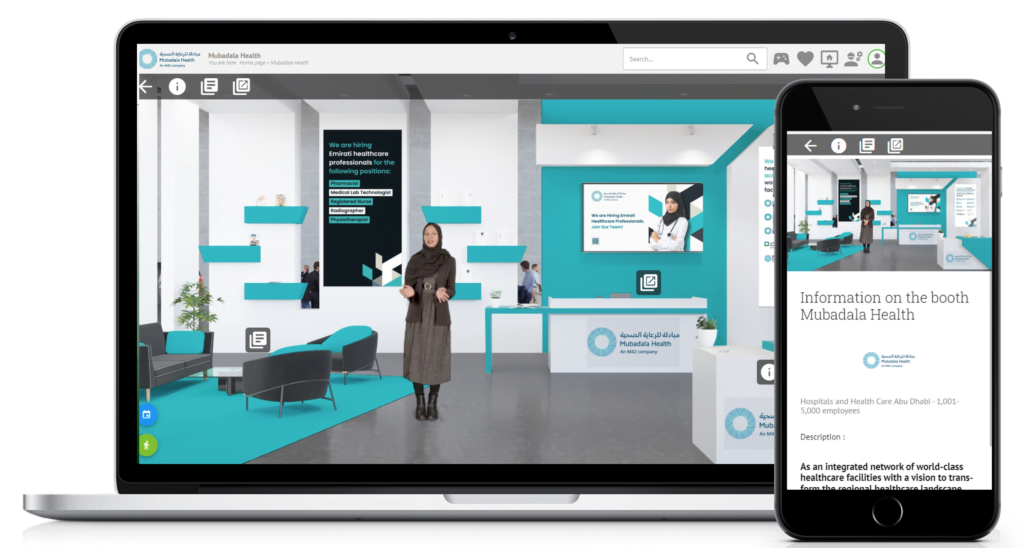Although the jobs market is effectively on hold, employers are continuing to engage with their potential candidate markets using multiple channels. Every single customer has increased the volume of candidates that they are engaging with - it’s up 23% compared to March.
- Despite the decline in hiring volume, employers are engaging with their candidate populations
- Employers are communicating with 23% more candidates than in March.
- Candidate engagement with content has decreased overall by 7.7%
- Employers are sending more frequent communication
- Content is focused on the impact of COVID-19
- Talent Acquisition teams are thinking about ‘what’s next?’
The frequency of communication changed abruptly. Three times the number of emails were sent in April versus March by employers that work with Candidate.ID.
Cadence has changed too. Employers are keeping in touch with different channels every day and using email or SMS weekly. This has rarely been the case before. Types of engagement include:
- Call-to-actions on career home pages to capture candidates instead of them applying for a job (where there are, there is a small number or zero jobs listed)
- Automated communication to every job application to manage expectations about communication
- Lead generation via an increased and improved schedule of content
The scope of the audience is the final change seen in April. Employers are communicating with every single person that they can, and the stage they are at is irrelevant – prospect, applicant, in consideration, offered and rejected. Employers are also now engaging with their internal teams more – communicating about furlough and mapping out their internal talent network. The latter is especially important as there are few employers who know that their resourcing requirements will look like. It is fairly likely that external recruitment will be impacted heavily, so internal mobility is going to be essential.
So why the sudden change? Furlough. Employers lack the capacity to keep in touch with their market. Automation solves that problem.
Geography
Those with operations in Asia are now recruiting again in volume. Their content is about driving candidates towards the application process. In EMEA and the Americas, it is patchy. The content is around keeping in touch instead of vacancies.
Candidate
Although employer activity has increased, broadly candidate engagement has dropped. This trend reverses when high-quality content is created and distributed to a highly-targeted audience:
- The Specsavers Employer Brand team in Northern Europe has more than quadrupled their engagement when compared to the average rates in quarter one in 2020 and also when compared to the same period last year. They did this by making sure their content is specific and targeted – webinars that matched the desired professional development teams of their audience.
- Specialist agencies in the UK are distributing ‘Quarantine Toolkits’to their candidates including recommendations on what blogs, whitepapers, events, and podcasts to consume whilst in lockdown.
- Generalist agencies are sending more specific lead generation content in the key worker sectors. Search Consultancy is seeing particular success in this area by sending out emails and text messages with easy to complete call to actions from individual recruiters. With a particular focus on the care sector, retail, and customer service they ask each candidate to provide a mobile number if they would like a call about an immediate start.
What’s next?
Talent acquisition teams who are Candidate.ID customers have since lockdown been looking forward to ‘what’s next’ and what activity they should be focusing on.
- Internal talent pipelines are a big focus. Given that budgets for external hiring are likely to be impacted, enterprise employers are profiling their existing talent to understand what skills they have and then mapping individuals to high-priority potential positions.
- Cutting external hiring costs. Where external hiring is unavoidable then low-cost methods are being utilised. Existing talent acquisition teams are now focusing on their existing networks and database rather than external sources.
- Where redundancies are taking place. Employers are using technology to help those impacted to quickly find new opportunities, using landing pages and websites to capture information about employers who are recruiting. They then use email and text messaging to send out information about relevant jobs to people who have been made redundant.
- Nervous candidates. Candidates are likely to be apprehensive about moving employers at this time. Where external hiring is needed, then talent acquisition teams are using their technology staff and employer branding function to provide more information to potential candidates to carry out their own due diligence. This includes information about their financial status, investment, performance, planning and key team members. They also open up their team and make them available to answer any questions before applying.





